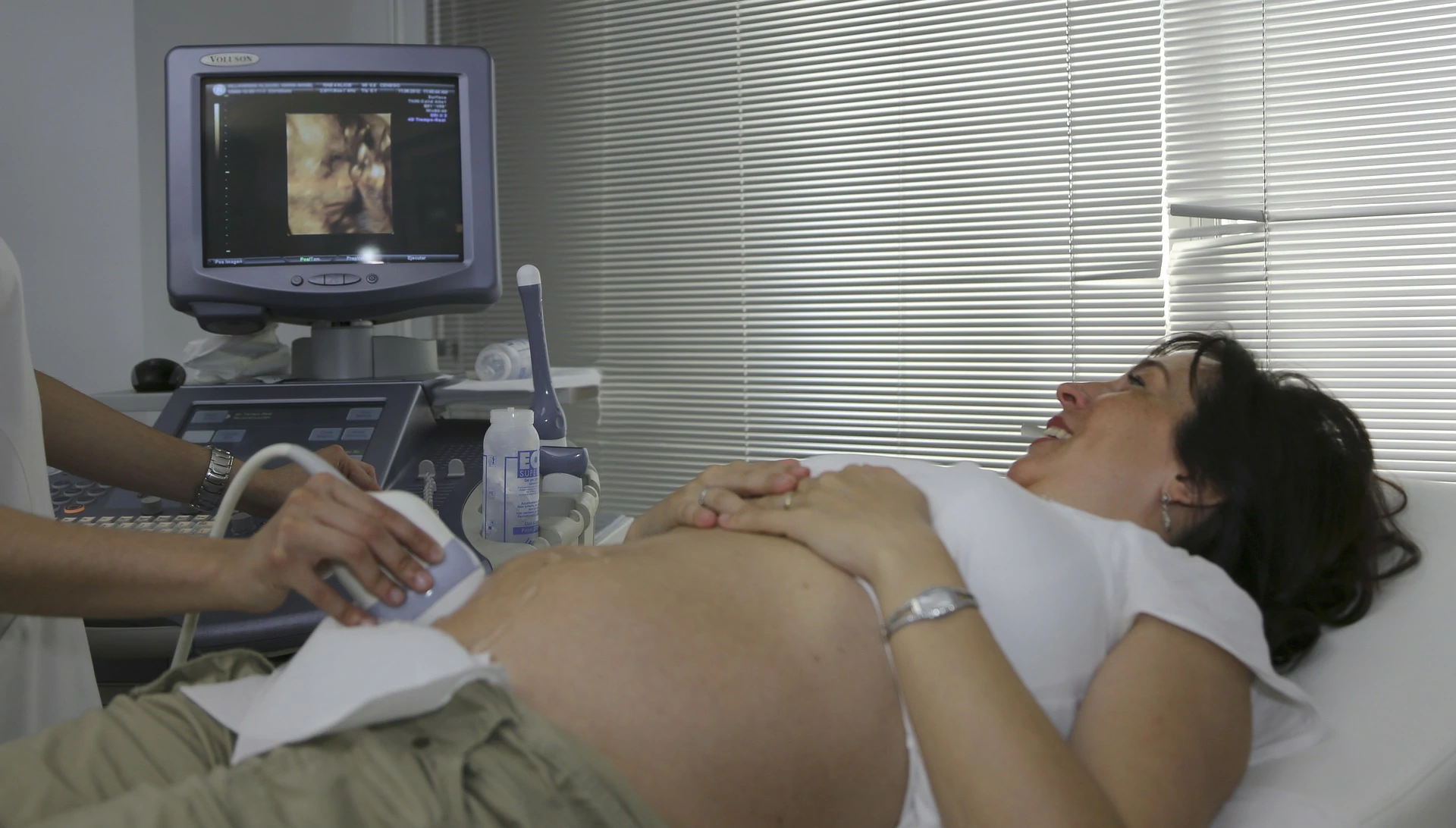
Ultrasound Technology: Revolutionizing Non-Invasive Medical Diagnostics
369
2
In the world of medical diagnostics, ultrasound technology has emerged as a game-changer. It uses high-frequency sound waves to create images of the internal structures of the body, making it a safe and non-invasive way to diagnose a wide range of conditions. From obstetrics to vascular exams, ultrasound has become an indispensable tool for healthcare professionals in providing accurate diagnoses and guiding treatments.
One of the key advantages of ultrasound is its versatility. It can be used to examine a variety of internal structures, including organs, blood vessels, and even developing fetuses. In obstetrics, ultrasound is commonly used to monitor fetal development and detect any abnormalities. It can also be used to diagnose conditions such as ectopic pregnancy and placenta previa.
In addition to obstetrics, ultrasound is also widely used in cardiovascular medicine. It can provide real-time images of the heart and blood vessels, allowing healthcare professionals to detect conditions such as heart disease, blood clots, and aneurysms. Ultrasound is also used in oncology to guide biopsies and monitor the effectiveness of cancer treatments.
Another key advantage of ultrasound is its non-invasive nature. Unlike other imaging techniques, such as X-rays and CT scans, ultrasound does not use ionizing radiation. This makes it a safer option for patients, particularly those who require repeated imaging studies.
In conclusion, ultrasound technology has revolutionized the field of medical diagnostics. Its versatility, non-invasive nature, and ability to provide real-time images have made it an indispensable tool for healthcare professionals. As technology continues to evolve, it is likely that ultrasound will play an even greater role in the diagnosis and treatment of a wide range of medical conditions.





